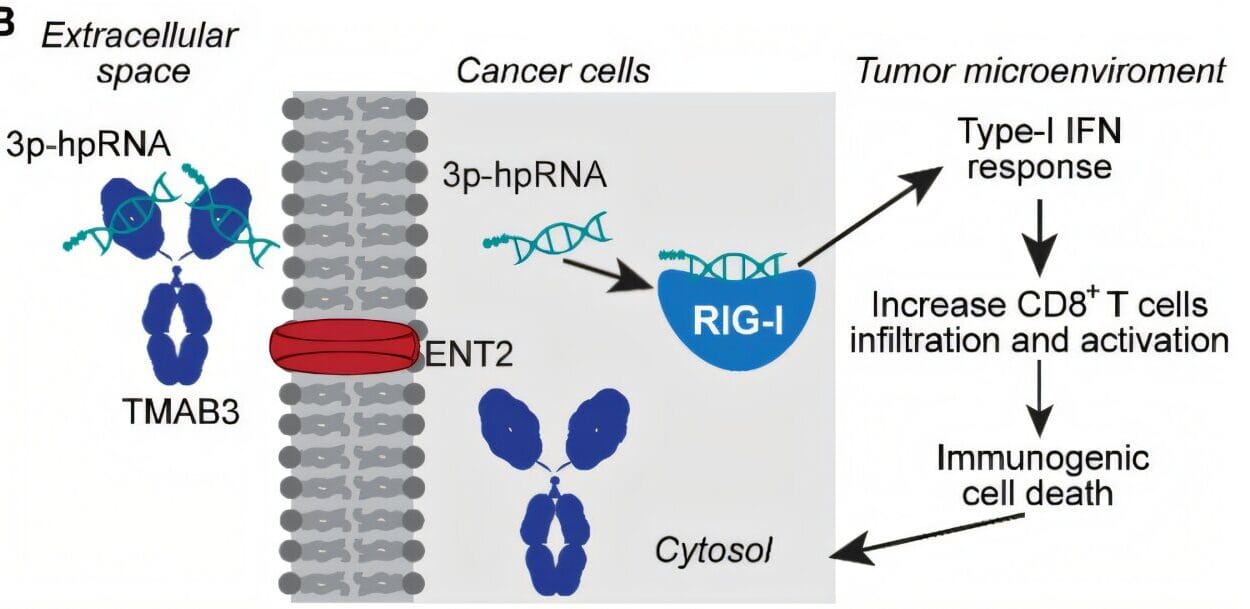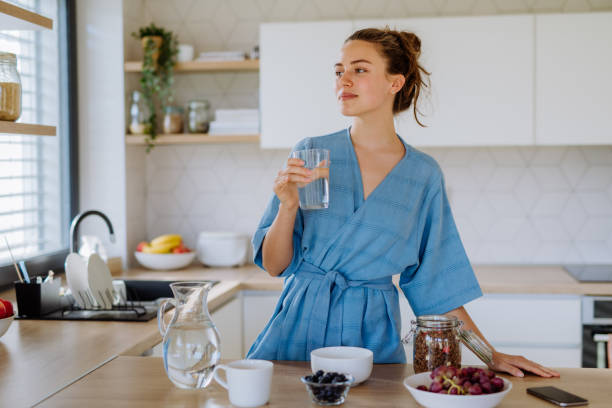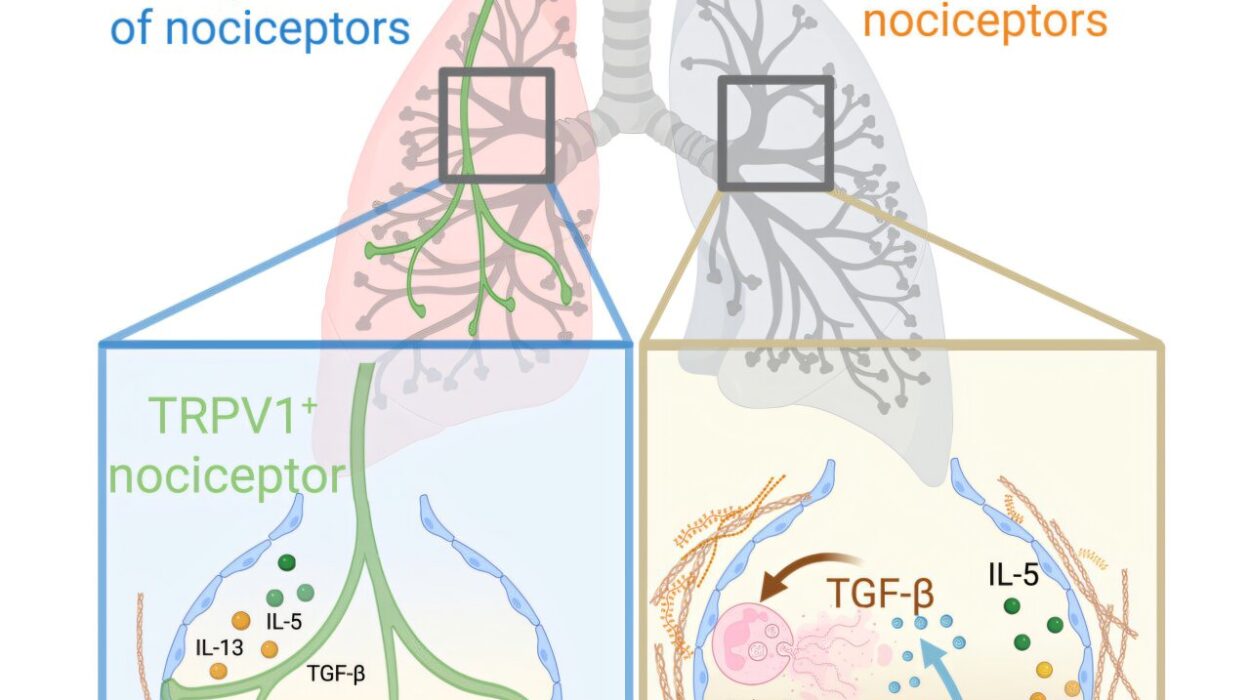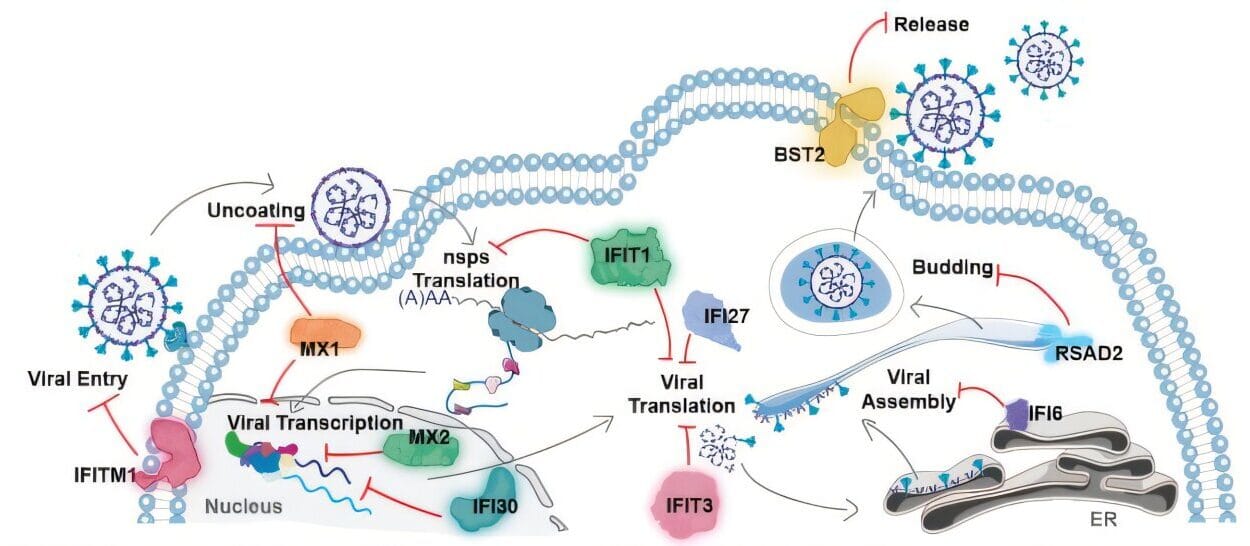For generations, the scientific consensus has been clear: the human brain, though it makes up only about 2% of our body weight, consumes roughly 20% of our energy—and it gets that energy almost exclusively from glucose. Sugar has long been considered the brain’s high-octane fuel, and for decades, textbooks have echoed the same message: the brain doesn’t burn fat.
But a new study from researchers at Weill Cornell Medicine, published in Nature Metabolism, has just shattered that long-standing belief. Beneath the intricate lattice of neurons and electrical signals, a quieter energy system has been hiding in plain sight. And it runs on fat.
When Neurons Get Hungry
Inside your brain, billions of neurons are constantly firing, forming thoughts, memories, and sensations. This activity doesn’t come cheap—it demands a steady stream of energy. Until now, it was believed that when glucose levels dip, neurons simply suffer. But the new research reveals that when synapses—the tiny junctions where neurons exchange information—get especially busy, they can tap into an unexpected backup fuel supply: fat droplets.
Dr. Timothy A. Ryan, the study’s principal investigator and a professor at Weill Cornell Medicine, couldn’t hide his astonishment: “The process of being able to use the fat is controlled by the electrical activity of the neurons, and I was shocked by this finding. If the neuron is busy, it drives this consumption. If it’s at rest, the process isn’t happening.”
The DDHD2 Mystery
The research began with a genetic curiosity. Scientists were intrigued by a gene called DDHD2, which encodes an enzyme (a lipase) responsible for breaking down fat. Mutations in DDHD2 are linked to a rare neurological condition known as hereditary spastic paraplegia—a disease that causes progressive stiffness in the legs and cognitive deficits.
But in earlier animal studies, when this gene was blocked in mice, researchers found something unexpected: the mice’s brains became riddled with fat droplets—tiny bubbles of triglycerides, the same form of fat that stores energy in our bodies. It raised a provocative question: Was the brain hiding an untapped energy resource all along?
“To me,” said Dr. Ryan, “this was evidence that maybe the reason we claim the brain doesn’t burn fat is because we never see the fat stores.”
Fat to the Rescue
The team’s experiments, led by Dr. Mukesh Kumar, a postdoctoral associate in biochemistry, focused on understanding how these fat droplets behaved in the absence of DDHD2. In their absence, the droplets accumulated in synapses. But more importantly, when neurons were active and glucose was scarce, the brain seemed to adapt—breaking down these fat droplets into usable fuel.
Fatty acids liberated from triglycerides were shuttled to the mitochondria—the tiny power plants of the cell—where they were converted into ATP, the universal energy currency of life. “It makes sense,” said Dr. Kumar, “that fat may play a role as an energy source in the brain like it does in other metabolically demanding tissues, such as muscle.”
This process wasn’t passive. It was driven by the neuron’s own electrical activity. A busy synapse pulled energy from fat. A resting one did not. In essence, fat became a fuel switch that neurons could flip on when their need spiked.
The Torpor Test
To understand how crucial this fat-burning process might be, the team ran another dramatic experiment. They blocked an enzyme called CPT1, which is essential for transporting fatty acids into the mitochondria. With this metabolic bridge cut, the neurons could no longer use fat for energy.
The result was startling. The mice fell into a state of torpor—a deep, hibernation-like trance. Their body temperatures plunged. Their heartbeats slowed. The brain, deprived of both glucose and fat-derived energy, simply shut down into a kind of emergency stasis.
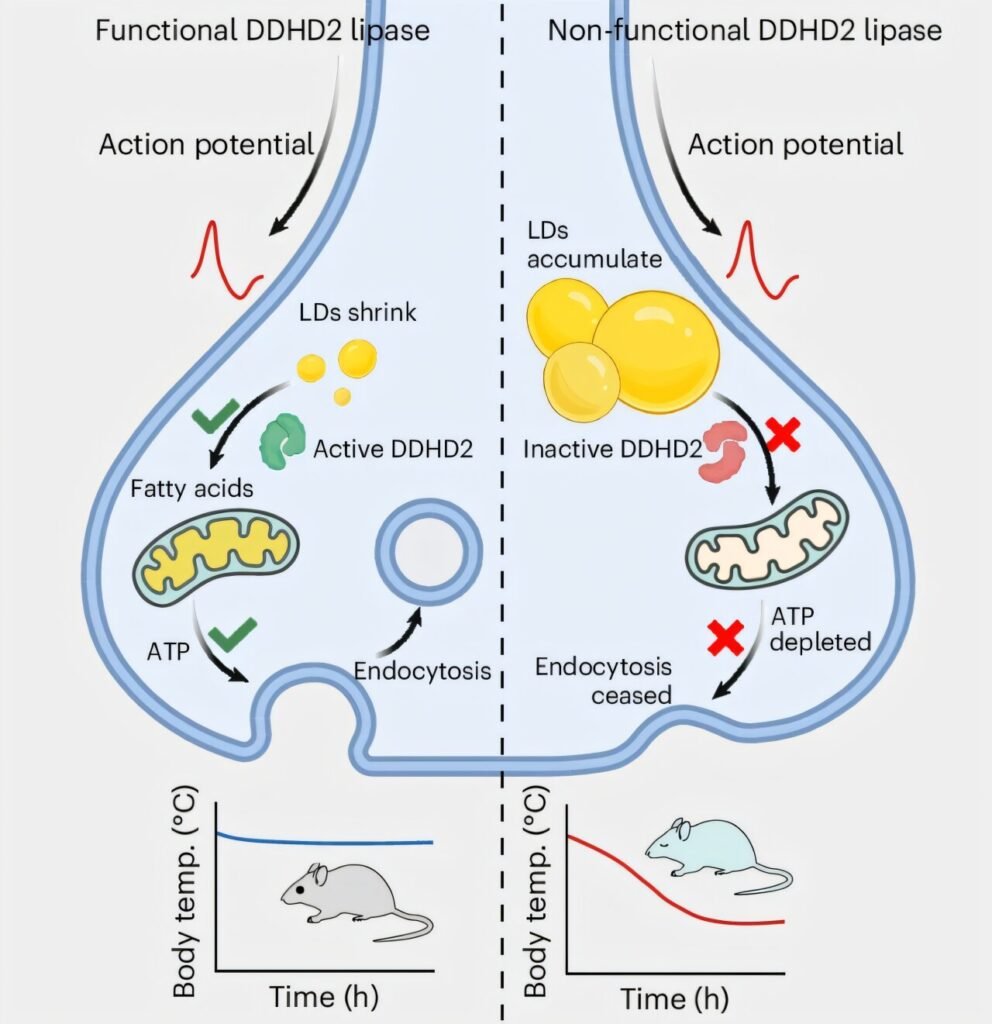
“This response convinced us that there’s an ongoing need for the brain to use these lipid droplets,” said Dr. Ryan. The brain, it turns out, cannot rely on glucose alone—not when under stress, or in a low-glucose environment.
Implications for Aging and Disease
The findings may have profound implications for our understanding of neurodegenerative diseases. Many brain disorders, including Alzheimer’s and Parkinson’s disease, are marked by energy imbalances in neurons. Some studies have already hinted that fat droplets accumulate in neurons during the early stages of these conditions.
Could this be the brain’s desperate attempt to store backup fuel in the face of failing metabolism? Could manipulating this fat-burning pathway help maintain brain function when glucose falters?
“We don’t know where this research will go in terms of neurodegenerative conditions,” said Dr. Kumar. “But some evidence suggests that accumulation of fat droplets in the neurons may occur in Parkinson’s disease.”
Understanding how neurons manage their fuel—especially under conditions of metabolic stress—could open a new frontier in the treatment of cognitive decline and neurodegeneration.
Glucose and Fat: A Delicate Dance
Perhaps the most fascinating part of this discovery is not that the brain can use fat—it’s that it seems to do so intelligently. Like an elite athlete switching gears mid-race, the brain appears to dynamically choose between glucose and fat depending on what’s available and how hard it’s working.
Dr. Ryan and his team now want to unravel how this choice is made. “We need to better understand the interplay between glucose and lipids in the brain,” he said. “By learning more about these molecular details, we hope to ultimately unlock explanations for neurodegeneration, which would give us opportunities for finding ways to protect the brain.”
This isn’t just a biochemical curiosity—it’s a revolution in how we think about the brain’s energy needs.
The Brain’s Hidden Reserve
What if the brain, long thought to be singularly sugar-hungry, has been harboring an energy reserve all along? What if deep in our synapses, ancient metabolic pathways—once written off as irrelevant—are still quietly at work, fueling our thoughts, our memories, our dreams?
This study doesn’t just revise a chapter of neuroscience. It opens a new one.
And in this new chapter, fat is no longer just a passive passenger. It’s a co-pilot, standing by in times of need, ready to keep the lights on in the most complex organ in the known universe.
Reference: Mukesh Kumar et al, Triglycerides are an important fuel reserve for synapse function in the brain, Nature Metabolism (2025). DOI: 10.1038/s42255-025-01321-x


